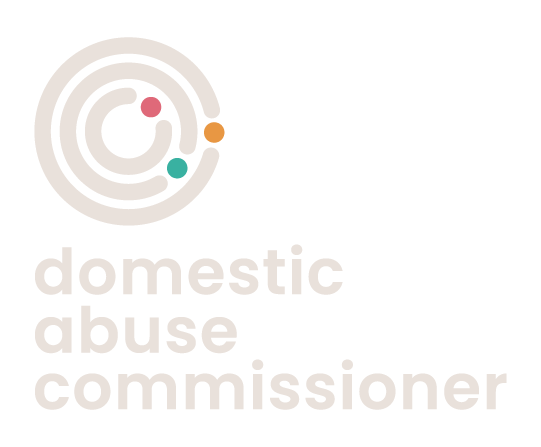We asked victims and survivors what different types of support they wanted, and what type of support they received.
For these graphs we have divided the types of support into support typically provided by an Independent Domestic Violence Advocate (IDVA), and the types of support either not typically provided by an IDVA, or only provided by an IDVA if specifically commissioned to do so.
Our summary report and policy report set out in more detail the types of support an IDVA is more or less likely to provide.
When reading these tables, please consider the sample sizes of victims and survivors who responded to each element. As you look at information by smaller geographical areas, the number of responses reduces. We have not included the numbers in these charts as part of our commitment to anonymity of data but you can access a table of response rates per region and per police force area below.
What help (typically provided by an IDVA) did victims and survivors want and get?
Hover your mouse over the graph to read the full description of each type of support.
What help (not typically provided by an IDVA) did victims and survivors want and get?
Hover your mouse over the graph to read the full description of each type of support.
Were victims and survivors able to access support for their children?
We asked victims and survivors whether they wanted their children to access specialist support, and if so, whether they were able to access it.

